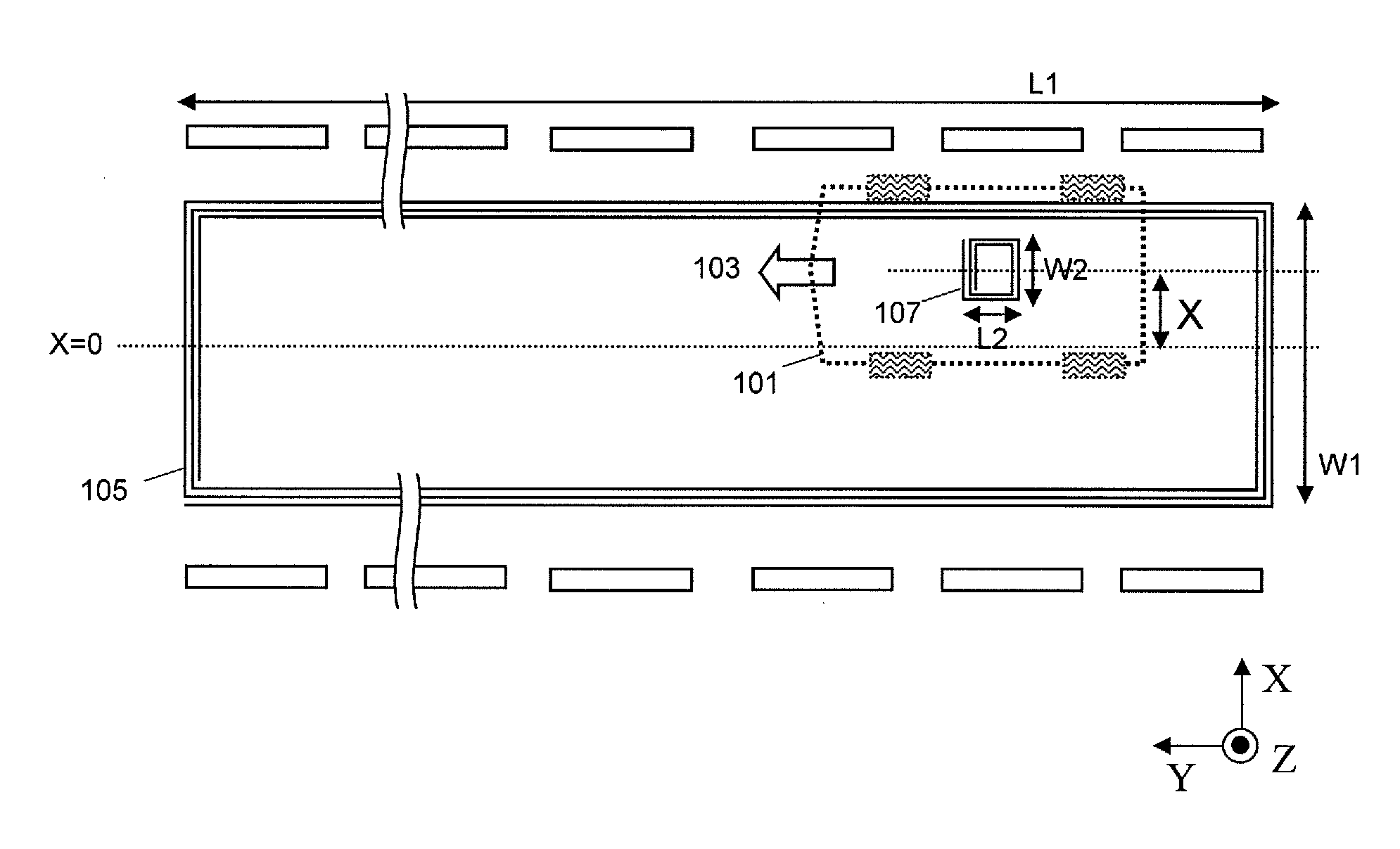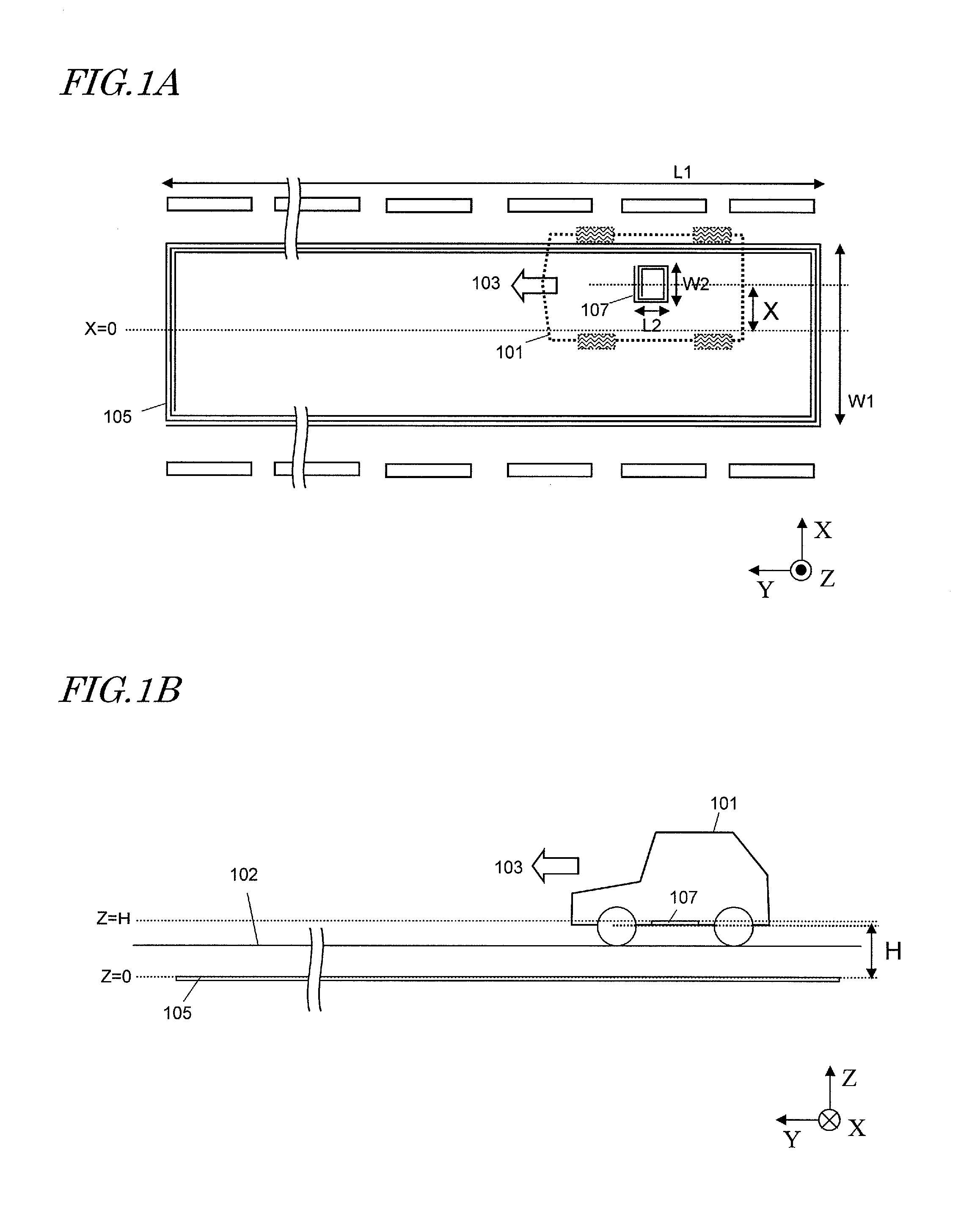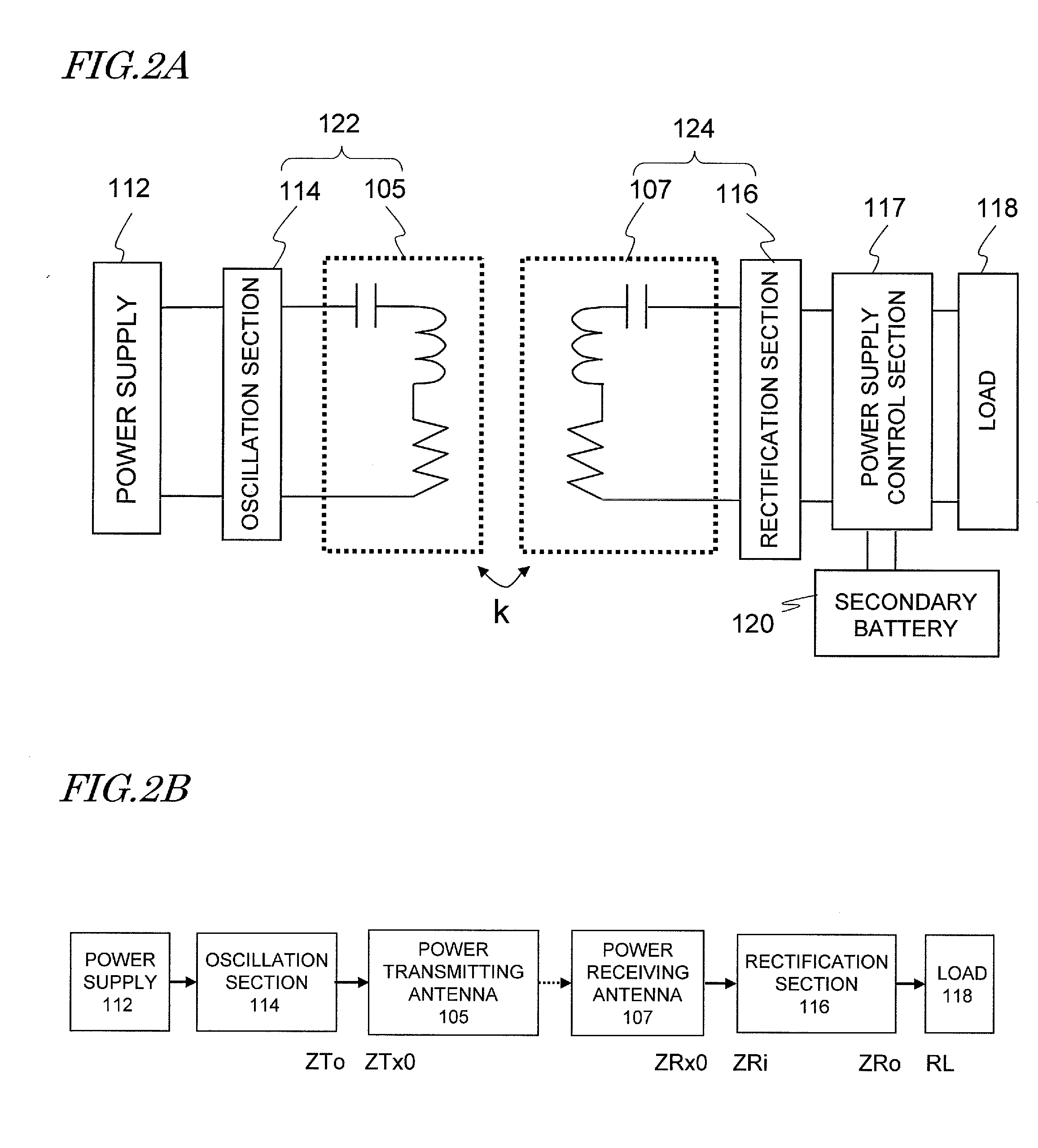Electric power supply system for vehicle
a technology for electric power supply and vehicles, applied in the field of electric power supply systems, can solve the problems of limit to the overall capacity of batteries that can be loaded into a single vehicle, limit to the maximum mileage a vehicle can do per charging, limit to the overall capacity of batteries, etc., and achieve the effects of simple configuration, good stability, and reduced cos
- Summary
- Abstract
- Description
- Claims
- Application Information
AI Technical Summary
Benefits of technology
Problems solved by technology
Method used
Image
Examples
embodiment 1
[0031]An Electric Power Supply System for Vehicle as a first specific preferred embodiment of the present invention is used as either an electric power supply system for the running vehicle for charging and / or powering a running vehicle or an electric power supply system for the parked vehicle for charging and / or powering a parked vehicle. As used herein, “to supply power” means “to charge” or “to power”. “To charge” means charging a secondary battery that is put in a vehicle and storing power to drive the vehicle, while “to power” means feeding electric power to a load (such as a driving electric motor) that is also built in the vehicle. An electric power supply system for vehicle according to this first preferred embodiment of the present invention includes a power transmitting antenna, which is provided on or under the ground, and a power receiving antenna, which is provided for the vehicle. These power transmitting and receiving antennas produce resonant magnetic coupling, there...
example 1
[0088]Hereinafter, specific examples of the present invention will be described.
[0089]To demonstrate the beneficial effect of the present invention, specific examples 1a and 1b of the electric power supply system for vehicle were made to have the arrangement shown in FIGS. 1A and 1B and analyzed. Specifically, in Example 1a, the electric power supply system for vehicle satisfied W1=250 cm, L1=1000 cm, and W2=L2=65 cm. On the other hand, in Example 1b, W1 and L1 had the same values as in Example 1a but W2 and L2 were changed to satisfy W2=43.3 cm and L2=86.7 cm. The power transmitting and receiving antennas were designed to have the same resonant frequency of 500 kHz. Also, the power transmitting and receiving antennas were made of a Litz wire to reduce the transmission loss.
[0090]With the input and output terminals of the power transmitting and power receiving antennas connected to a network analyzer and with a weak signal input, their transmission and reflection characteristics wer...
PUM
 Login to View More
Login to View More Abstract
Description
Claims
Application Information
 Login to View More
Login to View More - R&D
- Intellectual Property
- Life Sciences
- Materials
- Tech Scout
- Unparalleled Data Quality
- Higher Quality Content
- 60% Fewer Hallucinations
Browse by: Latest US Patents, China's latest patents, Technical Efficacy Thesaurus, Application Domain, Technology Topic, Popular Technical Reports.
© 2025 PatSnap. All rights reserved.Legal|Privacy policy|Modern Slavery Act Transparency Statement|Sitemap|About US| Contact US: help@patsnap.com



